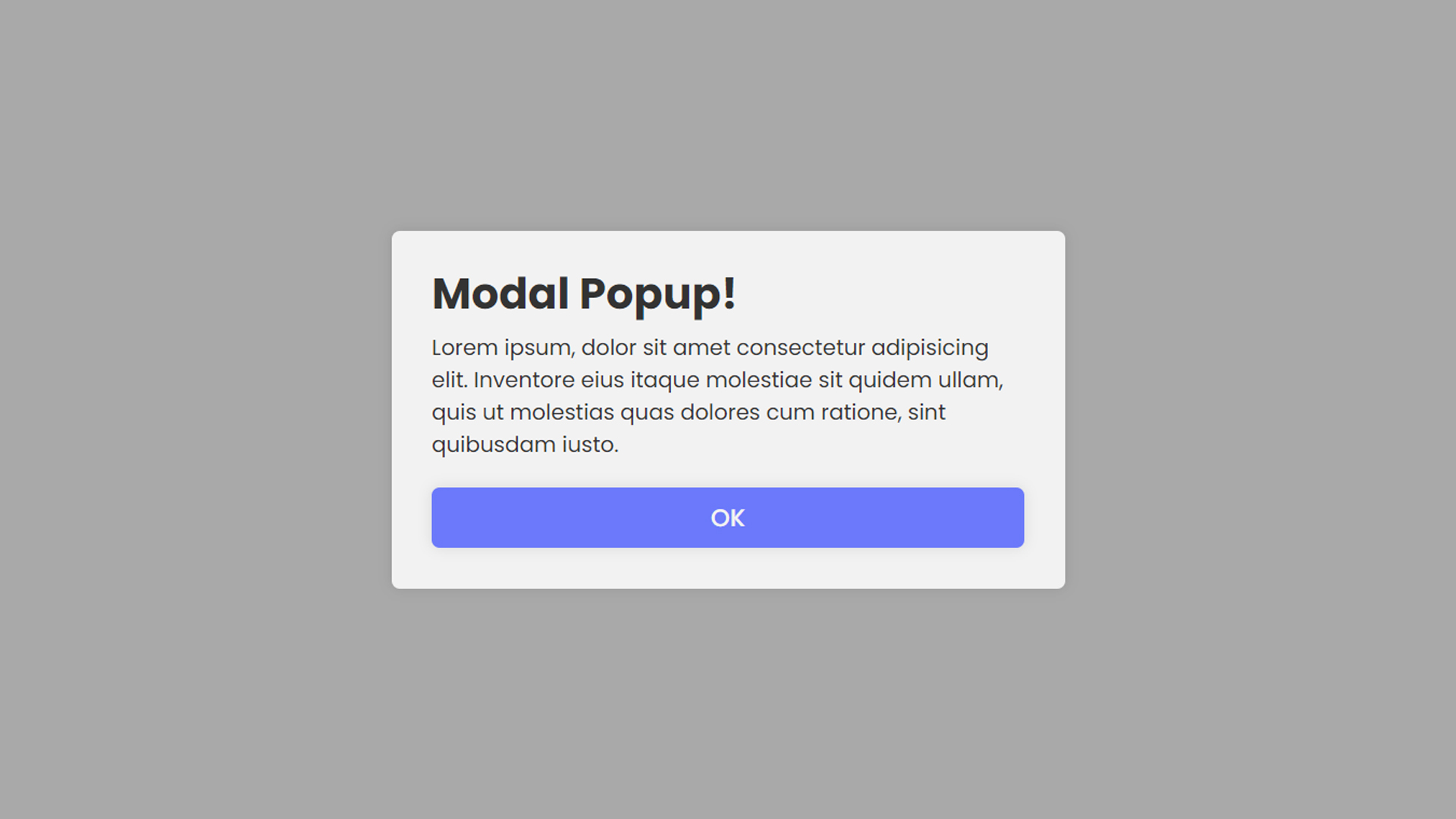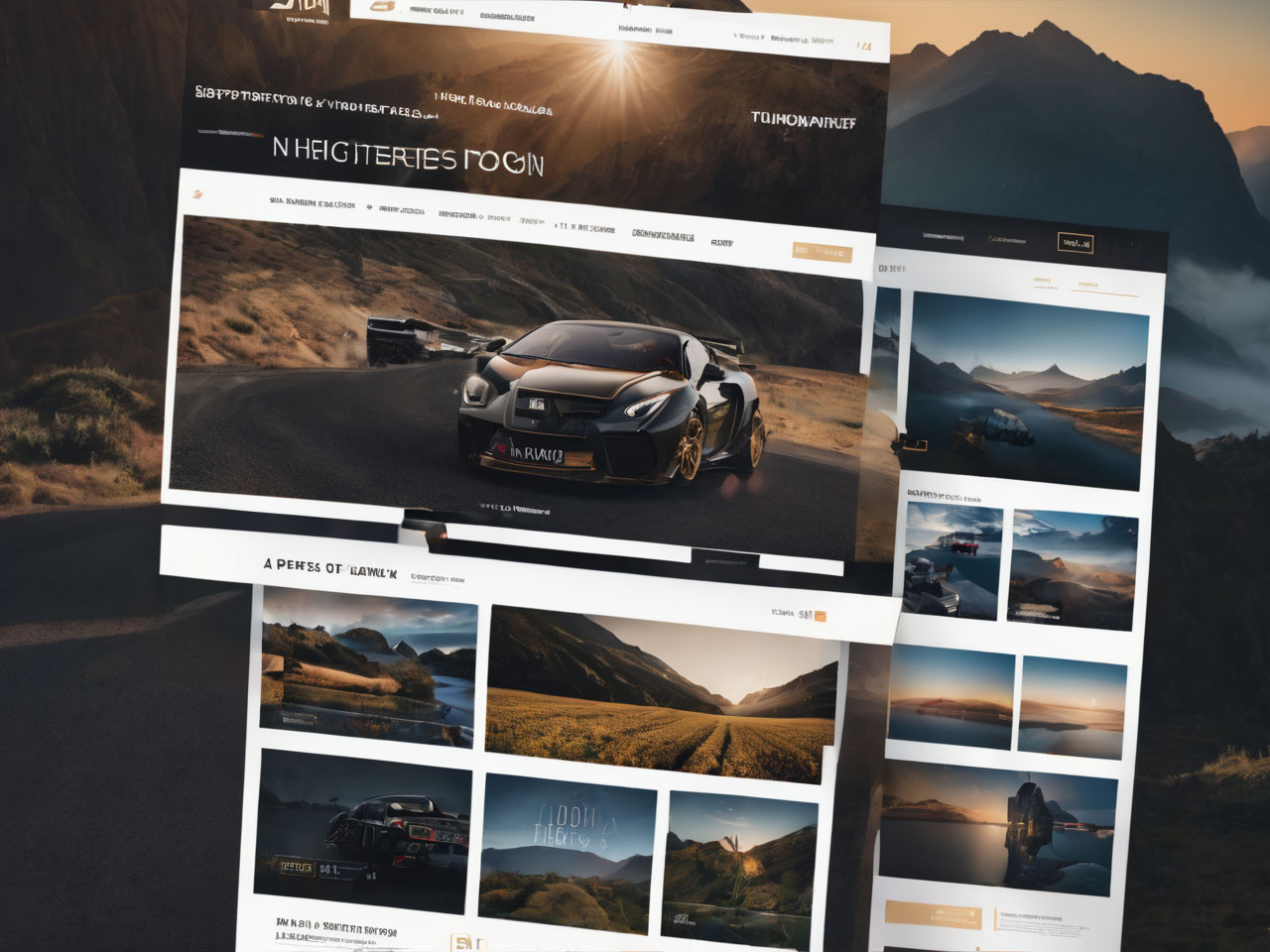In the digital age, web design goes far beyond aesthetics; it’s about creating a user experience (UX) that captivates and a user interface (UI) that guides seamlessly. The marriage of UX and UI design results in a website that not only looks visually appealing but also provides an intuitive and enjoyable experience for users. In this article, we’ll explore the world of UX/UI web design, its significance, key principles, and best practices for crafting digital delight.
Understanding UX and UI Design
- User Experience (UX): UX design focuses on the overall feel of a website. It encompasses user satisfaction, ease of use, and efficiency. A good UX design ensures that users can navigate the site with ease, find what they’re looking for, and have an enjoyable overall experience.
- User Interface (UI): UI design is all about the visual elements of a website. It includes the layout, color schemes, typography, and interactive elements that users engage with. A good UI design is aesthetically pleasing, organized, and intuitive.
The Significance of UX/UI Web Design
- First Impressions: An attractive UI design creates a positive first impression, drawing users into the site.
- User Engagement: A well-crafted UX encourages users to explore the site, increasing engagement and reducing bounce rates.
- Efficiency: A user-friendly interface streamlines tasks and ensures users can accomplish what they came for without frustration.
- Consistency: Consistent design elements across the site create a sense of reliability and professionalism.
- Mobile Responsiveness: With the prevalence of mobile devices, a responsive design ensures a seamless experience across various screen sizes.
Key Principles of UX/UI Web Design
- Know Your Audience: Understand your target audience and their preferences to tailor the design to their needs.
- Clear Navigation: Intuitive navigation makes it easy for users to find information and complete tasks.
- Visual Hierarchy: Use design elements to create a clear visual hierarchy, guiding users’ attention to the most important content.
- Consistency: Maintain consistent design elements, such as color schemes and fonts, for a cohesive look.
- Accessibility: Ensure your design is accessible to all users, including those with disabilities.
- Mobile Optimization: Design for mobile devices, ensuring that the site functions and looks great on smaller screens.
Best Practices for UX/UI Web Design
- User-Centered Approach: Always put the user at the center of design decisions, considering their needs and preferences.
- Usability Testing: Conduct usability testing to gather feedback and make improvements based on user interactions.
- Responsive Design: Prioritize mobile responsiveness to reach a broader audience.
- Performance Optimization: Optimize site performance for faster loading times and a smoother user experience.
- Content Strategy: Ensure that your content is well-organized and easy to digest.
Conclusion
UX/UI web design is a dynamic blend of functionality and aesthetics, creating a digital space that not only looks appealing but also offers a seamless and delightful user experience. It’s a process that requires a deep understanding of user needs, creative design elements, and a commitment to continuous improvement.
In a competitive digital landscape, the harmony of UX and UI design is what sets exceptional websites apart. By adhering to user-centered principles, conducting usability testing, and embracing the latest design trends, web designers can craft digital experiences that leave a lasting impact, ensuring that users not only visit but return with delight.













